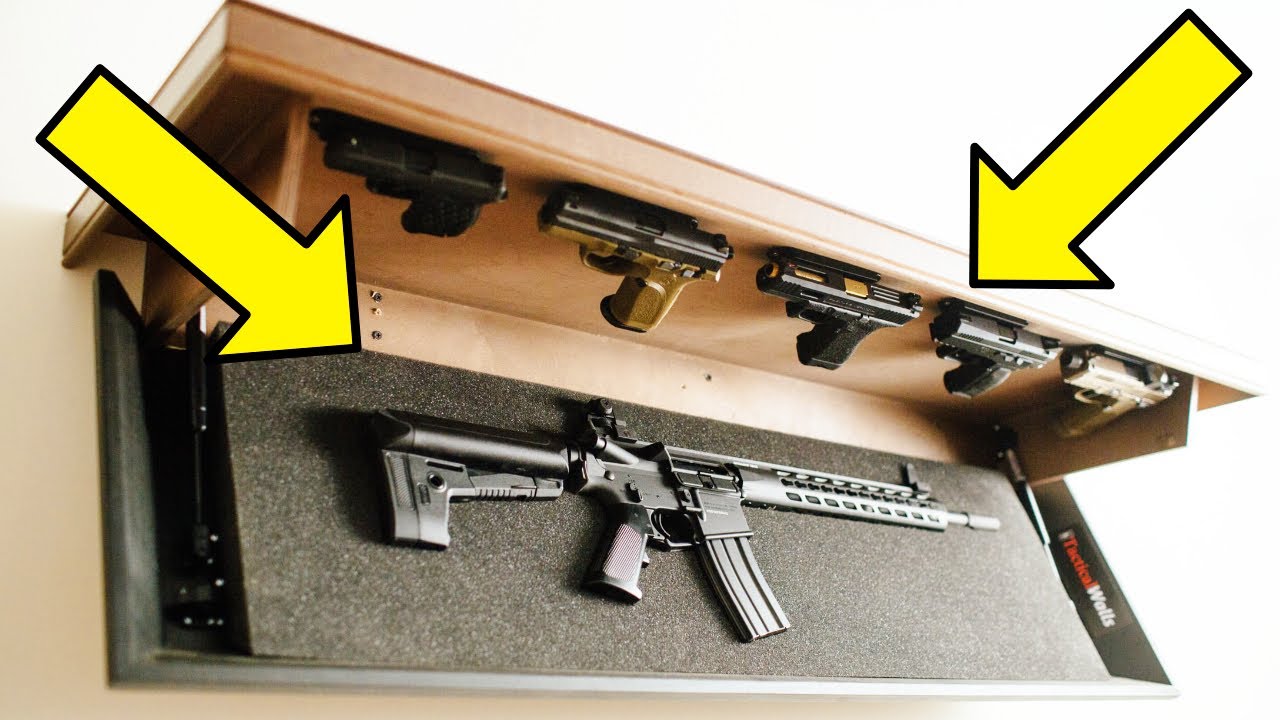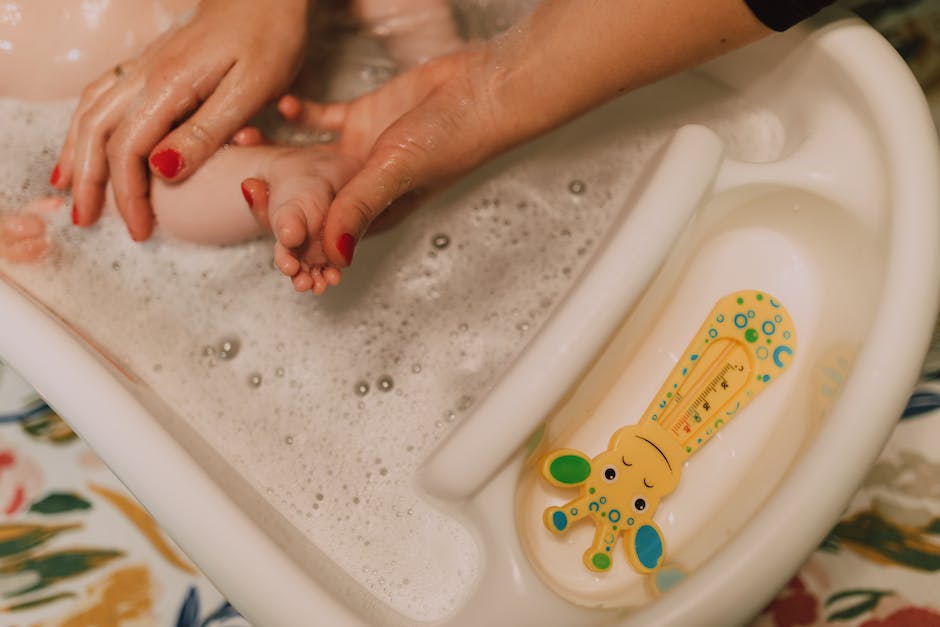Owning a firearm comes with great responsibility. It is not only important to know how to handle and use a firearm safely, but also to securely store it when not in use. Secure storage is crucial for preventing accidents and theft. According to the Centers for Disease Control and Prevention (CDC), unintentional firearm injuries are one of the leading causes of death among children and adolescents in the United States. Additionally, Hadar firearms that are not properly stored can be easily accessed by unauthorized individuals, increasing the risk of theft and misuse.
Types of Firearms Storage Options
There are several options available for securely storing firearms:
1. Gun safes: Gun safes are one of the most popular and effective ways to store firearms securely. They are designed to resist tampering, theft, and fire damage. Gun safes come in various sizes and can accommodate multiple firearms, ammunition, and other valuables.
2. Lockboxes: Lockboxes are smaller and more portable than gun safes. They are often used for storing handguns or other small firearms. Lockboxes can be secured with a combination lock or a key lock.
3. Trigger locks: Trigger locks are devices that prevent the trigger from being pulled, rendering the firearm inoperable. They are typically made of metal or plastic and can be easily installed on most types of firearms. To learn properly this topic, discover more here.
4. Hidden storage options: Some gun owners choose to hide their firearms in inconspicuous locations within their homes, such as false walls or furniture with hidden compartments. While this may provide an additional layer of security, it is important to ensure that these hiding spots are inaccessible to children and unauthorized individuals.
Choosing the Right Storage Option for Your Needs
When choosing a storage option for your firearms, there are several factors to consider:
1. Accessibility: How quickly do you need to access your firearms in case of an emergency? Gun safes and lockboxes with quick-access features, such as biometric fingerprint scanners or electronic keypads, may be more suitable for self-defense purposes.
2. Size and capacity: Consider the number and size of firearms you own, as well as any additional items you want to store, such as ammunition or accessories. Make sure the storage option you choose can accommodate your needs.
3. Portability: If you frequently travel with your firearms, a lockbox or portable safe may be a better option for you. These can be easily transported and secured in your vehicle or hotel room.
4. Budget: The cost of storage options can vary greatly. Set a budget and prioritize the features that are most important to you.
Best Practices for Storing Firearms
| Firearms Storing | Description |
| Locking Mechanism | Ensure that firearms are stored in a safe or cabinet with a secure locking mechanism to prevent unauthorized access. |
| Ammunition Storage | Store ammunition separately from firearms in a locked container to prevent accidental discharge. |
| Location | Choose a secure location for firearm storage, away from children, pets, and potential thieves. |
| Cleaning and Maintenance | Regularly clean and maintain firearms to ensure they are in good working condition and reduce the risk of accidents. |
| Education and Training | Ensure that all individuals who have access to firearms are educated and trained in safe handling and storage practices. |
Regardless of the storage option you choose, there are some best practices to follow:
1. Keep firearms unloaded and locked up: Always store firearms unloaded and with the action open or locked in a safe position. This ensures that they cannot be accidentally discharged.
2. Separate ammunition from firearms: Store ammunition in a separate location from firearms. This adds an extra layer of safety and prevents unauthorized individuals from accessing both firearms and ammunition at the same time.
3. Regularly inspecting and maintaining storage systems: Check your storage system regularly for any signs of wear or damage. Ensure that locks are functioning properly and that there are no vulnerabilities that could be exploited by unauthorized individuals.
Essential Accessories for Safe Firearm Storage
In addition to choosing the right storage option, there are some accessories that can enhance the safety and security of your DB Firearms in PA.
1. Dehumidifiers: Moisture can cause rust and corrosion on firearms, especially if they are stored in humid environments. Dehumidifiers help to maintain optimal humidity levels inside gun safes, preventing damage to firearms.
2. Lighting: Proper lighting inside gun safes or storage areas is essential for safely handling firearms. It allows you to clearly see the condition of the firearm and ensures that you can safely load and unload it.
3. Fireproofing: Fireproofing your storage system can protect your firearms from damage in the event of a fire. Look for storage options that have fire-resistant ratings and can withstand high temperatures.
Teaching Children about Firearm Safety
Educating children about firearm safety is crucial, even if you do not have firearms in your home. It is important for children to understand the potential dangers associated with firearms and how to respond if they come across one. Here are some tips for talking to children about firearms:
1. Start early: Begin teaching children about firearm safety at a young age. Use age-appropriate language and concepts to explain the potential dangers and rules for handling firearms.
2. Emphasize the importance of never touching a firearm without adult supervision: Teach children that if they find a firearm, they should immediately leave the area and tell an adult.
3. Demonstrate safe handling: If you own firearms, demonstrate safe handling practices to your children. Show them how to check if a firearm is unloaded, how to handle it safely, and how to store it securely.
Securing Firearms during Travel
When traveling with firearms, it is important to take extra precautions to ensure their security:
1. Use a lockable case: When transporting firearms, they must be stored in a lockable case or container. This can be a gun case or a locked compartment in your vehicle.
2. Separate firearms from ammunition: During travel, firearms should be stored separately from ammunition. This ensures that even if someone gains access to one, they cannot easily access the other.
3. Research local laws and regulations: Before traveling with firearms, familiarize yourself with the laws and regulations of your destination regarding transportation and storage of firearms.
Maintaining and Inspecting Your Storage System
Regular maintenance and inspection of your storage system is essential to ensure its effectiveness:
1. Clean and lubricate firearms regularly: Regularly clean and lubricate your firearms to prevent rust and ensure their proper functioning.
2. Inspect locks and hinges: Check the locks, hinges, and other components of your storage system for any signs of wear or damage. Replace any worn-out or malfunctioning parts.
3. Test the security features: Periodically test the security features of your storage system to ensure they are functioning properly. This includes testing the locks, combination mechanisms, or biometric scanners.
Legal Requirements for Firearm Storage
It is important to be aware of the legal requirements for firearm storage in your jurisdiction:
1. State and federal laws regarding firearm storage: Laws regarding firearm storage vary from state to state. Some states have specific requirements for how firearms must be stored, while others have more general guidelines. Familiarize yourself with the laws in your state to ensure compliance.
2. Penalties for non-compliance: Non-compliance with firearm storage laws can result in criminal charges and penalties. These penalties can range from fines to imprisonment, depending on the severity of the violation.
Prioritizing Safety in Firearm Ownership
Securely storing firearms is a crucial aspect of responsible firearm ownership. It helps prevent accidents, protects against theft, and ensures that firearms are only accessed by authorized individuals. By choosing the right storage option, following best practices, and educating yourself and others about firearm safety, you can prioritize safety in firearm ownership and contribute to a safer community.
FAQs
What are the basic rules for safe firearm storage at home?
Firearms should always be stored unloaded and locked up in a secure location, such as a gun safe or lockbox. Ammunition should be stored separately from firearms.
What is the best way to store firearms in a home with children?
The best way to store firearms in a home with children is to keep them locked up and out of reach. Gun safes or lockboxes are recommended, and the keys or combination should be kept in a separate, secure location.
What are some common mistakes people make when storing firearms at home?
Common mistakes include leaving firearms loaded, storing firearms in an unlocked location, and failing to properly secure ammunition.
What should I do if I am unsure about how to safely store my firearms?
If you are unsure about how to safely store your firearms, seek advice from a firearms expert or a local gun store. They can provide guidance on the best storage options for your specific needs.
What are some additional safety measures I can take when storing firearms at home?
Additional safety measures include using trigger locks or cable locks on firearms, storing firearms in a location that is not easily accessible to unauthorized individuals, and regularly inspecting firearms for damage or wear.







